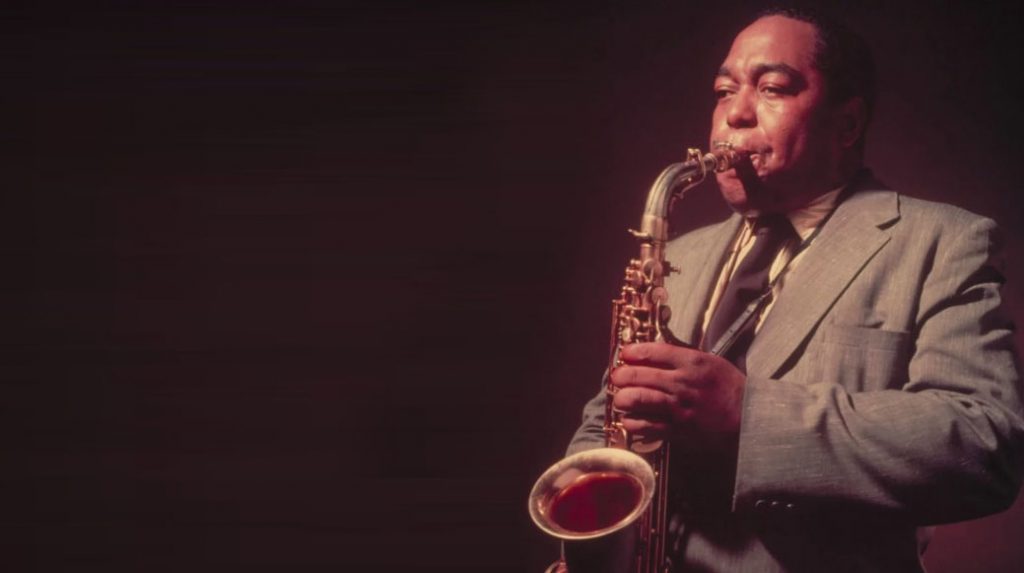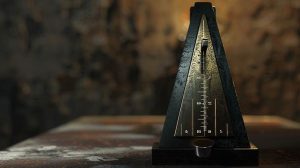
The Benefits of the Ear to Instrument Connection
I recently watched a video performance by the amazing classical pianist Yuja Chang. I’ve seen her memorizing motion and heard her virtuosic playing before, but something hit me after seeing
Categories:
Categories:
It’s been way too long since I wrote something here. My musical life has shifted and blogging has taken a back seat. It wasn’t that long ago that I felt guilty if I hadn’t written anything that week. As you’ll see throughout the next thousand words, my lack of blogging has not been for a lack of something to say!
My time has been monopolized by an online resource I am building to teach jazz improvisation and musicianship. I keep adding the word “musicianship” when I describe this endeavor because I believe that the things you can learn to become a better improviser are some of the very same things that will make you a better overall musician.
My teaching philosophy for improvisation is that your inner musical imagination which I’ll call your ear is the source of the music. Sure, you can memorize patterns and string licks into the common II V I progressions, and end up sounding like a jazz player. But my question is, is that the best music you can spontaneously produce?
In the video lessons I am producing for my resource, I frequently remind people that they have meaningful music inside themselves – more than they realize. The test of that is to listen to a favorite jazz tune and imagine the solo you would be playing over it if you had no technical limits. There are, of course, no technical limits within your imagination.
The result is a method I’ve developed over several years that prioritizes your ear over your eyes and logical thinking. Instead of chattering to yourself about the upcoming bridge and how that initial key of F# minor always trips you up, “What note should I start the bridge on?”, turn your exclusive attention to some aspect of the rhythm section. What is the bass playing right now?

I just read a 40-year-old college dissertation on Charlie Parker. It was a very well researched academic paper. The analysis looked specifically at the repeated patterns that showed up frequently in Bird’s solos, describing almost a quilt of licks.
I’m not naive enough to think that great jazz musicians exclusively play completely original combinations of notes in every single solo. As a trombone player, I look to greats like Carl Fontana, Frank Rosolino, Bill Watrous, and Bob McChesney. They all have familiar patterns and licks that form building blocks to their solos. Bob McChesney, in fact, teaches doodle tonguing by demonstrating the combinations of notes up and down that fall within easier slide movements. He admonishes learning those combinations by playing them over and over and over and over.
But like Bird, the greatness of these and many other jazz players is in how they weave those licks into the greater spontaneous composition called improvisation. I think of it like a structure built out of cinder blocks or bricks. The blocks and bricks are the licks and the mortar is the new combination of notes that connect those licks. Greatness is built on how those blocks and bricks are arranged around the mortar.
What I’m describing as the mortar is the music inside your imagination that is authentic to you. I frequently talk about the instrument as friction that gets in the way of that authentic music. Especially for trombone players, if I can be permitted the bias, who struggle with a very unintuitive instrument.
The improvisation resource I am building centers around learning how to reduce the friction of your instrument and how to better connect your musical mind to that instrument. Call it flow. I’m developing some fun and effective exercises to do just that. These are not your father’s jazz patterns books.
Rather than rely on muscle memory for much of your improvisation, allow your natural musician to speak through the horn. Easier said than done for sure, but from my personal experience and that of others with whom I’ve shared these tools, it works remarkably well.
The result seems to be a more innate ability to reach for and find notes that were previously hidden. They were notes that weren’t ingrained within muscle memory and therefore, were not intuitively at the player’s fingertips.
Part of Bird’s genius was that the blocks and bricks of learned patterns were extremely malleable. He found the instances where they worked and altered the timing and form to fit a particular situation. The result was a solo that felt like the actual melody over those changes. Supersax anyone?
I think improvisation is a learned skill. I believe that even more after the thousands of hours spent developing teaching materials and the results I’ve seen come from those materials.
Here’s an exercise that builds your ability to more quickly hear and then play the “right” notes for a particular chord.
I’ve created original chord progressions that form a kind of Escher loop. Play the audio file and hear/play the first note that works over the first chord. Take a beat or so of the first bar of this ballad tempo to find the first note. Hold it through the rest of the bar then as the next chord is played, listen through beat 1 to find the next note you will hold through that bar. You are basically waiting to hear the new chord and then holding through the rest of the bar the note that works within that chord.
The challenge is that you can only play a whole or half step from the previous note. You have to make a quick choice. It is likely that both a whole or half step will work so choose your direction, either up or down, and play through a bunch of the chords.
Skill at this exercise shows up in a couple of ways. 1. How quickly you can find that next note, making that choice between whole and half step, and 2. the variety of starting notes from which you can navigate up or down. Some starting notes are harder than others.
In fact, let me share the ebooklet I’ve written to house these three-chord progressions. Within the book are instructions and tips attached to each progression. Download the ebook.
I’m very interested in your experience with this tool and if after using it for a while, you notice a subtle shift in your improvisation, specifically in your expanded harmonic range. I think this is the stuff of which better mortar is made.

Trombonist, author, marketer, & tech guy
Share this post…

I recently watched a video performance by the amazing classical pianist Yuja Chang. I’ve seen her memorizing motion and heard her virtuosic playing before, but something hit me after seeing

I have created a AI chatbot called Jazz Master Chat that draws from 75 hours of interviews from my Jazz Master Summit event a couple of years ago. I interviewed

What is jazz improvisation? Let’s first define what I mean by jazz improvisation. Jazz improvisation is a spontaneous conversation, but instead of words, we use notes. Look at two possible

My recently turned 18 year old son is a passionate photographer He 8217 s got himself a little business

A couple weeks ago I sent Richie Beirach a YouTube clip from the movie Whiplash as a bit of

I originally meant to write this as a reply to a comment Richie Beirach wrote on my blog But

Tools for helping musicians at all levels learn about jazz and play to their full capability.
Web design and marketing by:
Michael Lake @JazzDigitalMarketing.com
This is just a fake book example for the type of website I can build for you. Just trying to use a little humor here!